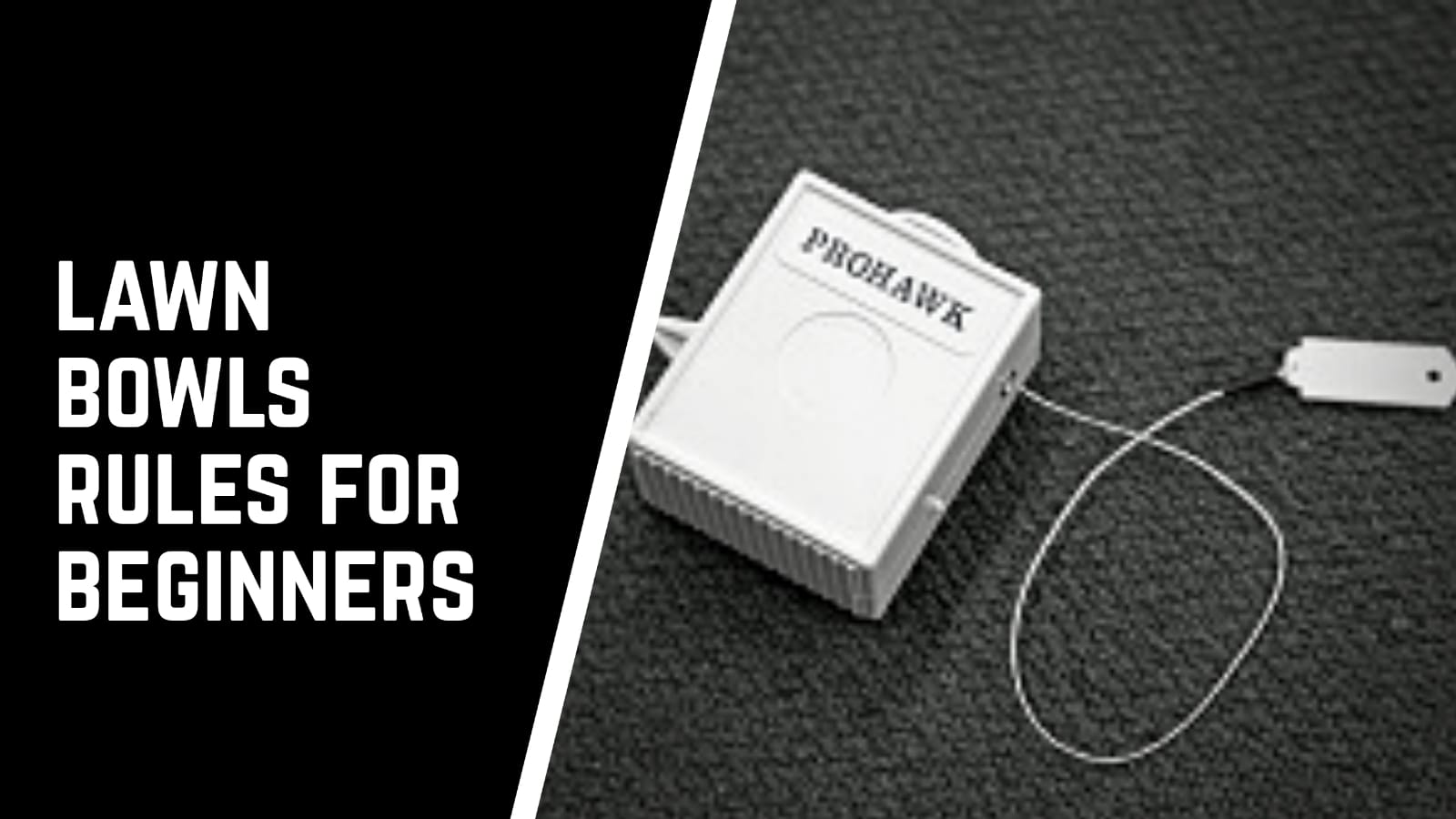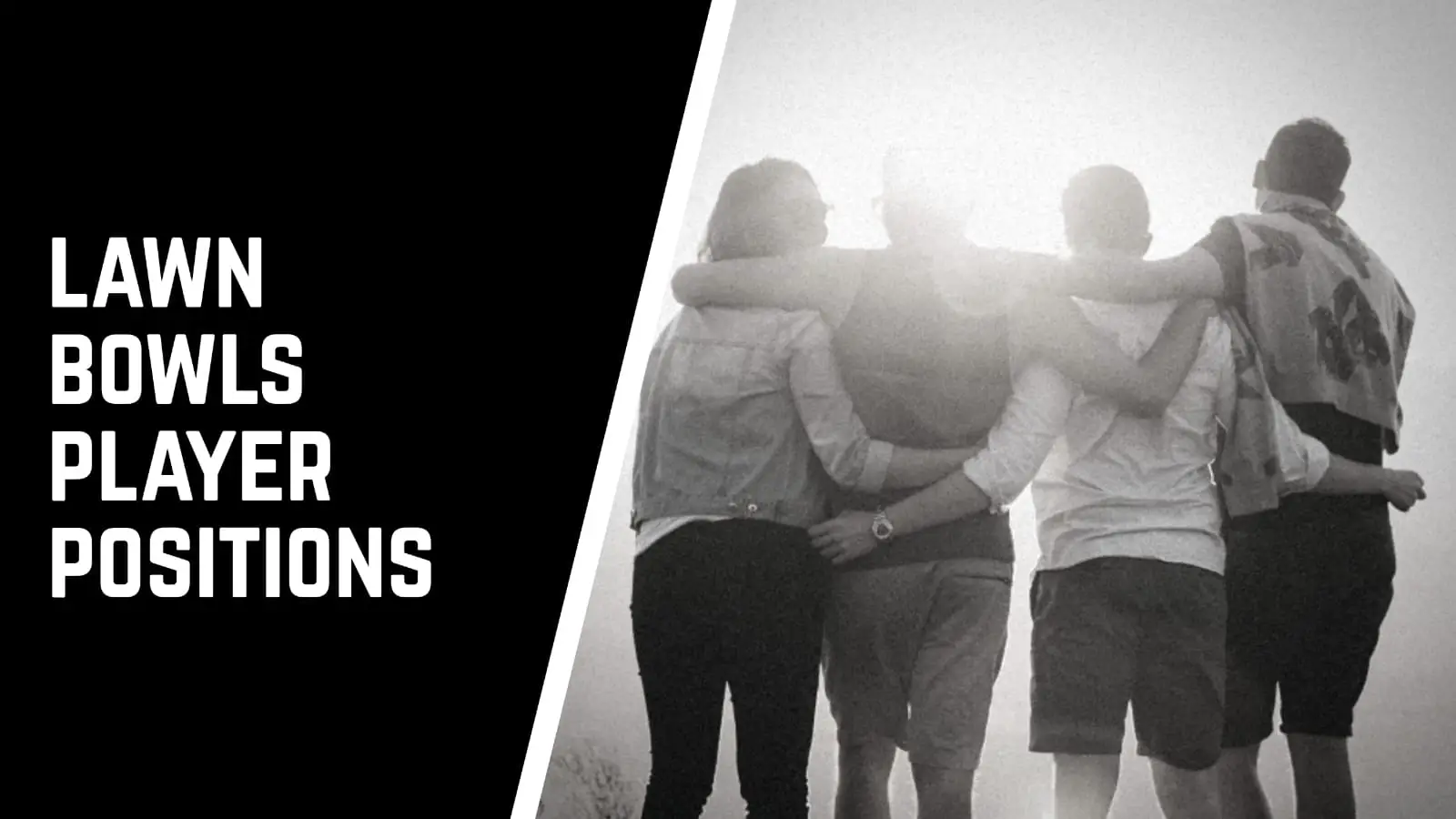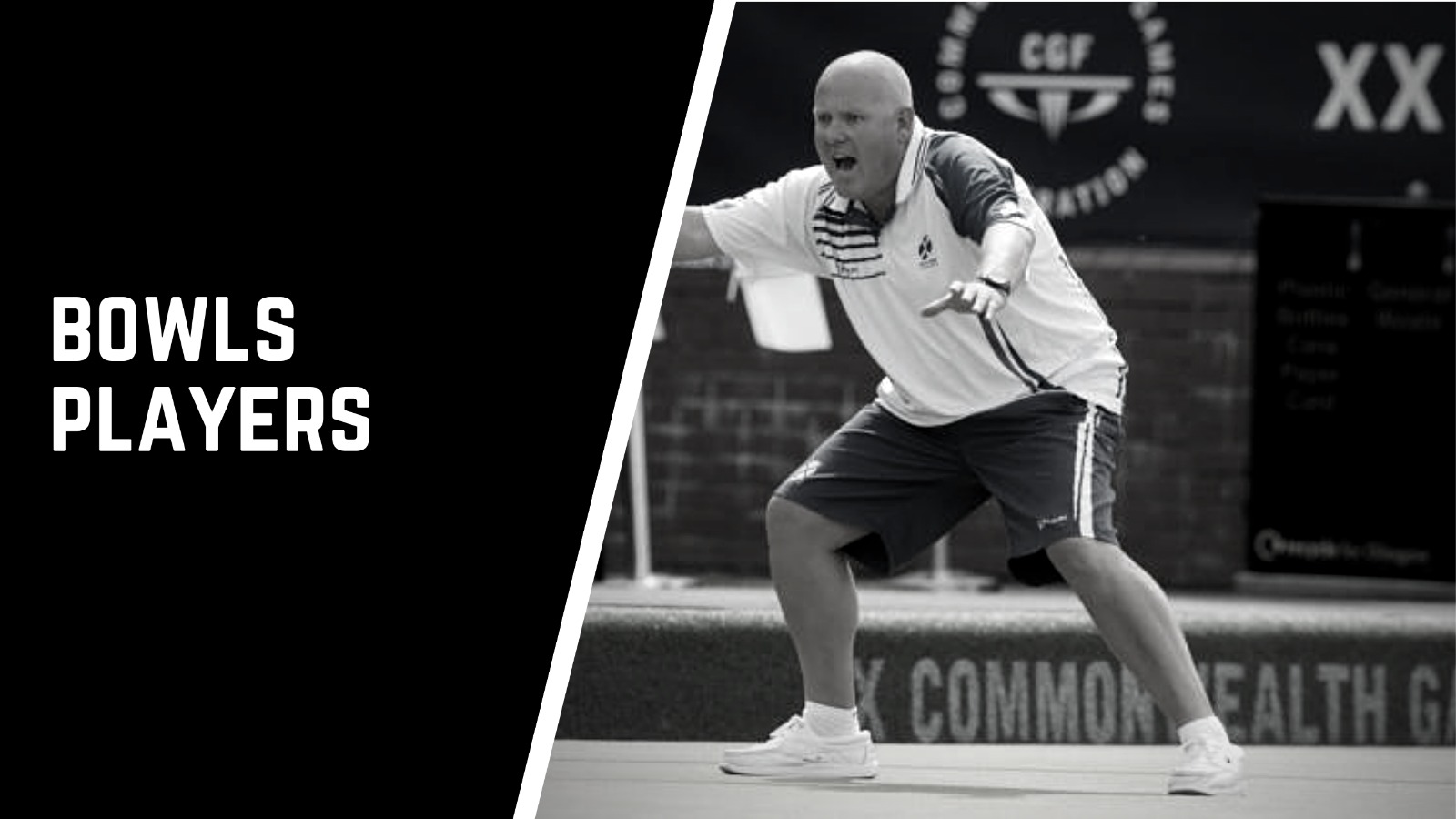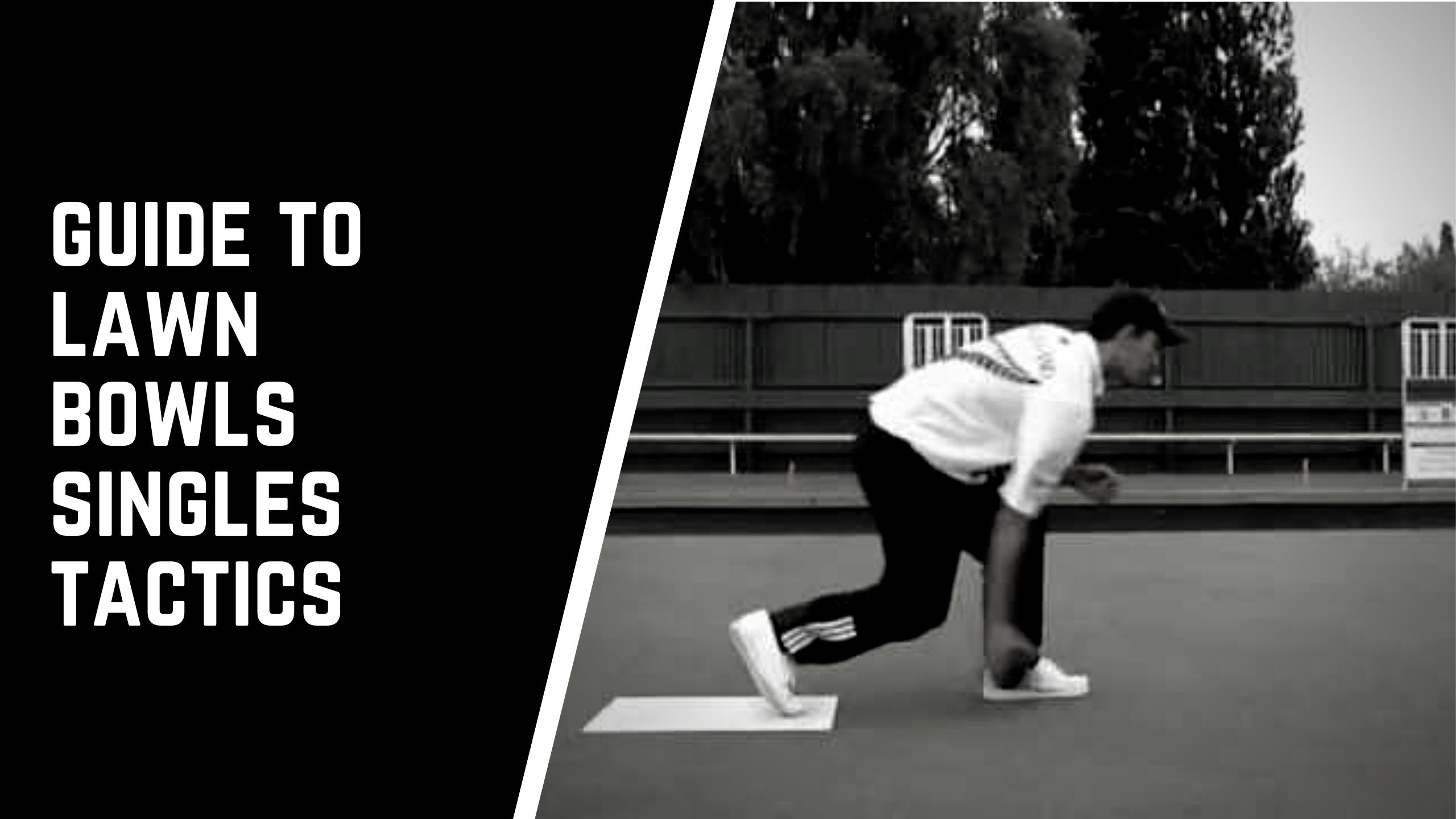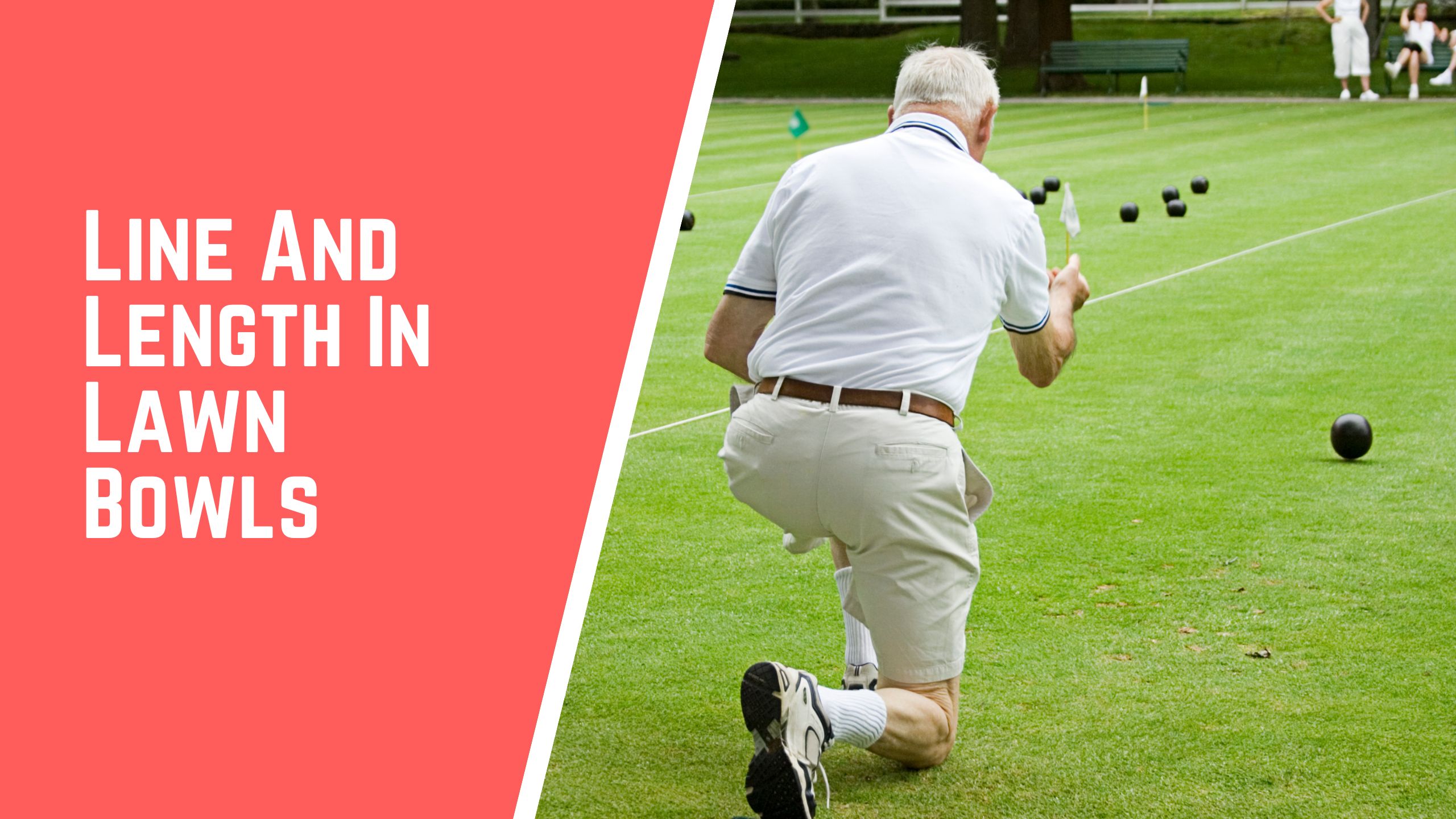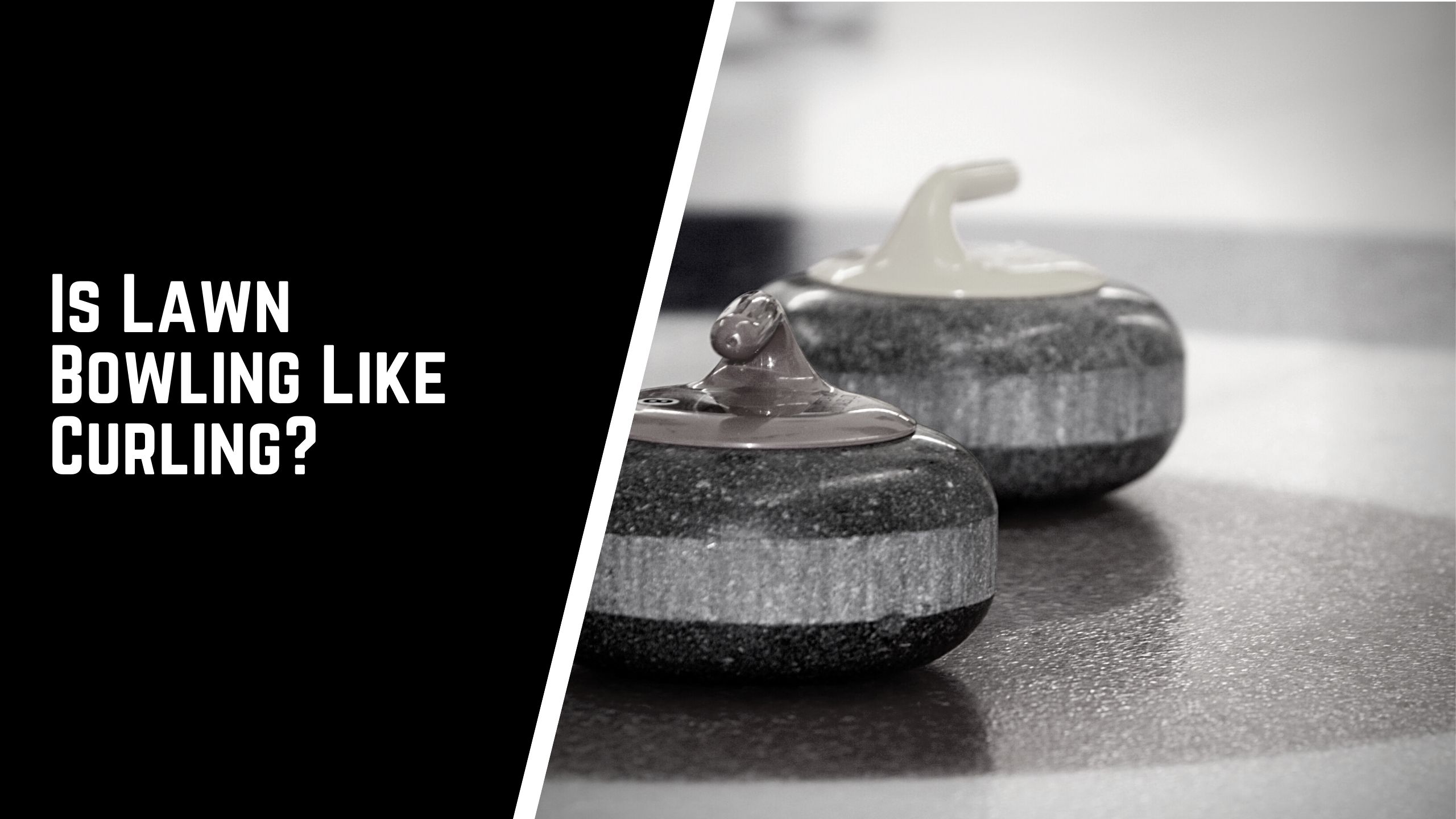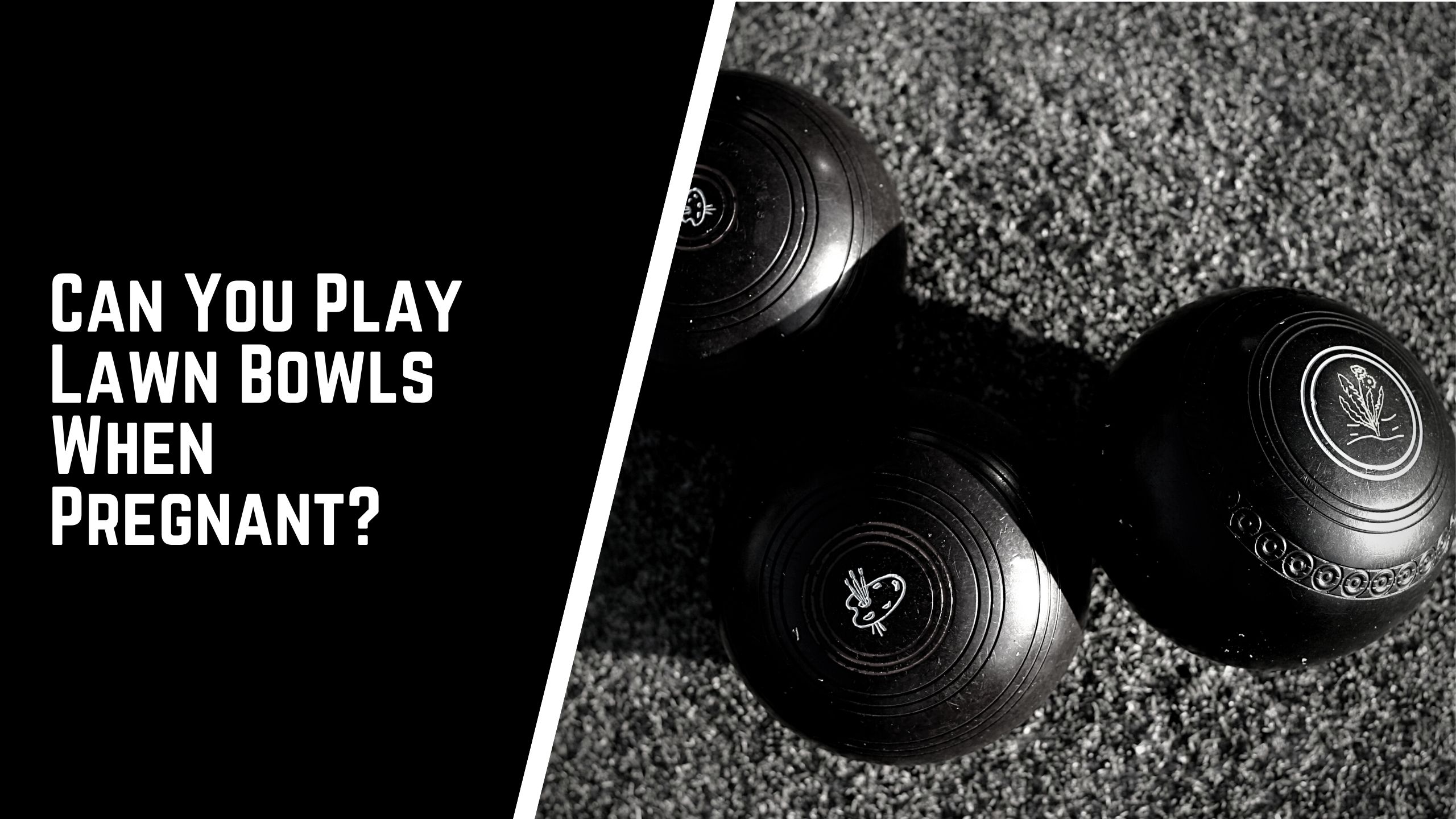Lawn bowls reading the head for beginners.
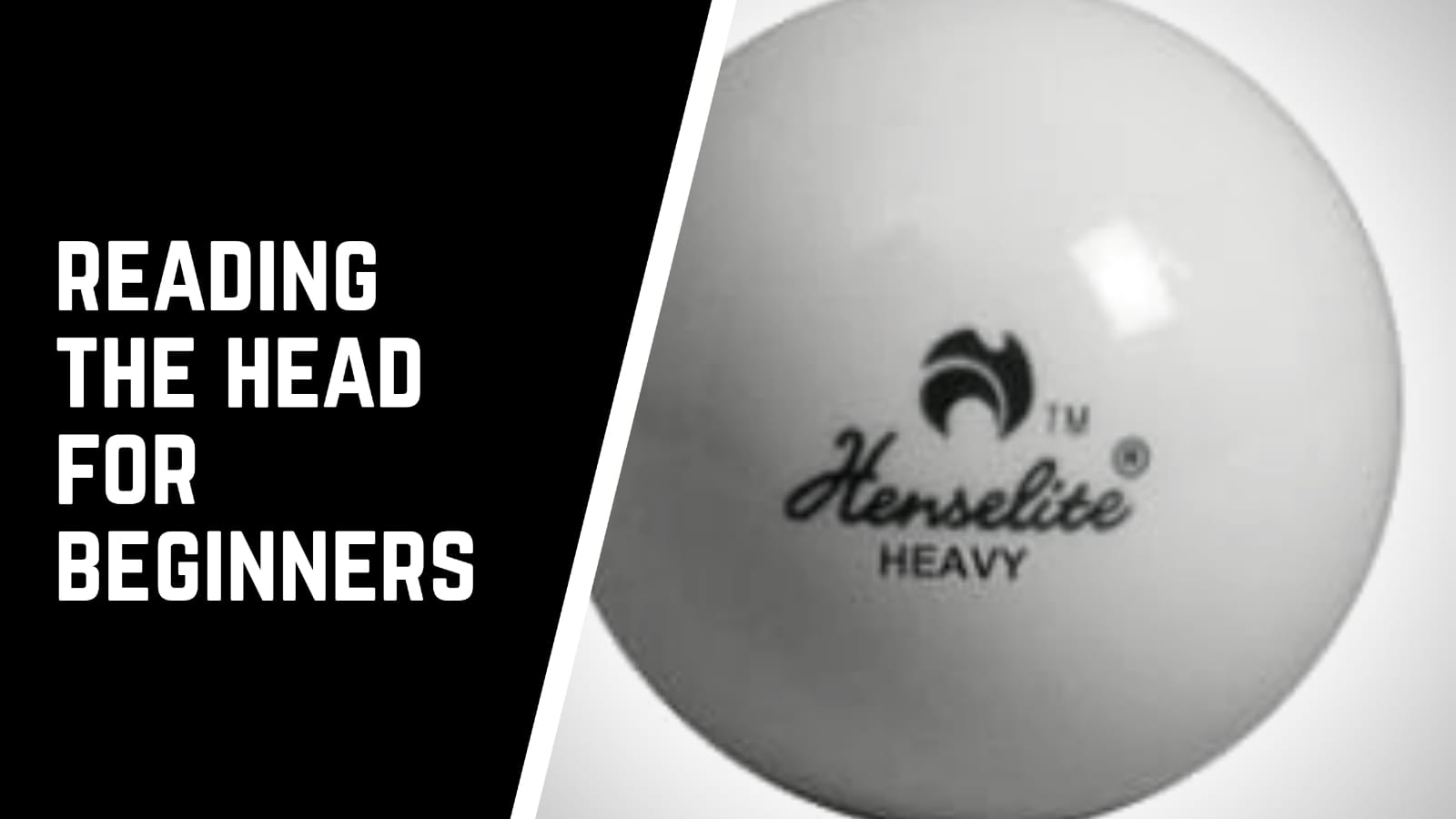
As a new bowler you are not often required to make judgements on how your team mates should play. Beginners often play as leads in either triples or 4s. This means we can practice playing without having to worry too much about tactics, or our influence on a game once we have played our bowls.
As we get more exposure you will eventually be asked to play in more senior roles, supporting the team’s skip – or possibly even skipping yourself!
There are many new skills required for this, and none are quite as daunting as reading a head, and recommending what shot should be played next.
Whilst the pressure is on the skip to play the shot correctly, it is vitally important they have all the information and guidance to make the correct decision.
This article is for beginners who are just starting out. By digesting this you should get a good idea on where to start, and hopefully miss a few of the beginner errors.
What is “reading the head”?
In its basic meaning of “reading the head” is the ability to understand the state of the game, and how it might change over the next couple of shots.
This goes beyond a simple “who is up and who i down” but goes further towards who may become up or down.
Reading the head begins with understanding the fundamentals of building a head. Before reading this guide I recommend you familiarise yourself with this in my guide on building the head in lawn bowls.
The state of the head
The head is often made up of three general areas. Understanding what each section means can help you understand what will be needed
Front
This section is what is in front of the bowler about to take a shot, and the bowl will have to pass through this section before reaching the jack.
The important factors would include: *Any shots that are blocking a hand *If a shot is blocking a hand, is it for, or against. *If a bowl was hit, how likely is it that it will end up near the jack, or count as a shot
The jack
The jack area will naturally draw your attention. This is where (hopefully) you have draw the most shots to.
The important factors would include:
- Which bowl is shot
- How many second shots are there
Back
This covers the whole area behind the jack, including the ditch. If there is any movement in the head it is likely to move back here!
Important factors include:
- How many (if any) bowls do we have at the back
- Are there large groupings of bowls from one team. * If the jack moved here how many shots could be gained/lost
- Who has the “best back”. If the jack moved beyond all the bowls, this will become the shot
Shots available
Once you have an idea on the state of the head it’s time to start considering what shot you think should be played.
It’s best to start with a broad idea on what you want to achieve and then narrow down to the specifics of how it should be played.
Here we outline the three types of shots, and why you would want to play them.
Draw
The draw shot is played to land on the jack. It will preferably not alter what is already in play.
You can play the draw shot from any game position (if you are either up or down shots). This is to either add to the shots you already have, or to cut down shots that are against.
If you are trying to cut down shots it is usually preferred to play the draw if the shots are spread out. If you are down a 3 or 4 shots and they are all within a foot, your chances of cutting down with a draw are slim. Weighted shots would be a better idea, if at all possible.
Weight
This is a more aggressive move, where the bowl is played heavier than a draw shot. This extra weight may just be a yard longer than the jack, or could be enough to send the bowl flying into the ditch.
This shot can be played for the same reasons as a draw, where you are either looking to remove shots or, to gain extra shots.
Weighted shots are played with the aim of either hitting and removing opponents bowls, or moving the jack to a more preferred spot at the back of the head.
Weighted shots should be played with care, as they are just as likely to remove your own bowl as they are an opponent. Whether you play this style of shot will come down to how aggressively you want to play, and how confident you are playing it.
Cover
This is a similar shot to a draw, but the target will be somewhere other than the jack.
This is usually when you are up multiple shots and you anticipate your opponent will drive.
You will want to play this shot to a spot where you think the jack will move to.
Care should be taken when playing covering shots as extra weight will be applied to the shot. Whilst it isn’t the aim for the bowl to be played into the jack area of the head, a narrow shot could cause some damage.
Questions to ask yourself
Before selecting a shot to play it’s important to be clear what you are trying to achieve. Not only with the next shot, but also in the context with the end, and the game as a whole.
Below are a couple of questions to ask yourself when you’ve selected a shot. If it matches the answers then you can be confident it is the right thing to do.
What is the state of the game?
This goes beyond the basic “are we winning or losing?”. This is centred around how important each shot is to you, and what risks you are willing to take. Examples are: Down by 5 with 2 ends to play. In this situation you will need to be aggressive to get any shots as time is running out Up by 5 with 2 ends to play. This is all about game management, and preventing your opponent getting a big score. Dropping 1 shot is a good outcome here, so no need to play any big risky shots You’ve won 3 ends on the bounce. You will want to keep that run going. Just getting one shot will keep the jack away from your opponent. You don’t need to take any extra risks You’ve lost 3 ends on the bounce. You may want to play slightly more aggressively to get the jack back. It may be worth the risk of dropping a shot of you have a chance to win the end and get the jack back
What do I stand to gain?
If the shot is played correctly how many shots can be gained? Or what advantage will be gained if you are covering shots?
What do I stand to lose?
If the shot goes wrong what can be lost? This is the biggest risk factor and should be considered when weighing up against the game situation and what you could potentially gain.
Is this the time to play it?
If you have a few shots left to play, you may want to go for a lower risk option first. If these fail a higher risk option may be the best call.
Also consider what will be left in the head after your shot. If the shot you play leaves you holding a couple of shots, but is spread over a wide area it will give your opponent a chance to cut down or take the shot again. It is best to leave these aggressive shots to the last shot, to not give your opponent a chance to react.
Important factors
There are other factors to consider when making your final shot selection. These are the unique situational, environmental and player specific factors which need to be thought through. These could include:
How is the green playing. Can you draw around short bowls? Is one hand more consistent for drawing? What kind of shots is your skip good at? Don’t ask your skip to play a hard weight shot if he’s not very good at them.
How confident are you in his ability to make the shot? Everyone has off days. Sometimes we are on fire and you can push what is possible
How is she opposite skip playing? If they are not, a more aggressive shot could work if the opposition can’t capitalise on any mistakes
Examples
Here are a couple of basic examples to show how this thinking may play out. For simplicity we are using the scenario of a game of singles with one shot for each bowler left.
When I describe a forehand and a backhand, it’s assumed that this is from the point of view of a right handed bowler.
For each example we will consider each if the three shot types, and weigh up the possible gains and losses.
Remember that there is no “right or wrong” in these examples. The final call will always be unique to the players and environment involved.
Holding shots

In this position we are holding two, but we have no back bowls.
Draw
By playing the draw to the jack we have an opportunity to draw a third shot.
There is little danger as our opposition’s shot is behind the jack, so unlikely to knock it in for the shot. Thee only danger is knocking jack back to the waiting bowls.
Weight
There is a chance for 3 or 4 shots if the opposing shot is removed.
It would also result in the last shot going in behind the head if successful, giving some coverage to the back bowls.
There is a danger that if the line is too tight and the two shots are disturbed we would lose the shot.
Cover
By drawing a shot around the head you can cover the back position.
Our opponent will likely drive, this means any jack movement would result in it moving into this area.
This shot does require the extra weight to get around the head, so line would be important. A tight line would disturb the two shots.
Down shots

In this situation we are down 2 shots, with one short bowl and one back bowl.
Draw
There is the option to play the draw on the forehand.
We can gain the shot by playing dead weight, or by resting on to one of the shot bowls. At most we will score just the one.
We could miss the draw, giving our oppo the chance to draw a third, or if played in-correctly we could accidentally removing our own closest bowl, giving our opponent three, with the chance of a forth to come.
Weight
A weighted shot could be played on either hand.
In the best case scenario we could remove both shots if we play on the backhand. A weighted shot onto the front shot bowl could cannon it into the second shot, removing both. If played on this hand we could also move the jack back towards our own back bowl. In each of these scenarios we could gain 1-3 shots.
If we miss we are giving our opponent the chance to draw a third.
Cover
As we are down shots, and we already have a bowl covering the opposing back bowl, there is no coverage shot available.
Balanced

In this situation it is a measure for shot, and both you and your opponent have strong second bowls and a covering back bowl.
Draw
Could try drawing the shot, but there is very little room
It’s also not clear which hand would be best as any movement could move the jack to an opponent bowl.
Weight
A slightly weighted shot could either remove the nearest opponent bowl, or if the line isn’t quite right, it could bump our nearest up to take the shot.
If we played too much weight we may remove our nearest completely, give the opposition at least one shot, maybe two, and the chance for a third.
Cover
The back of the head is guarded nicely, but we could cover this space more incase our opponent tries a weighted shot – as they have the best back.
Final points
As we can see reading the head has many elements. However it is best to try and keep things as simple as possible. Having a clear understanding of what you need to achieve before you get to the head can really help narrow your focus.
As with everything with bowls, you will learn from your mistakes. Unfortunately, this is usually the best way to learn!
Get The Complete Lawn Bowls Drill Pack
The Jack High Bowls Drill Pack is available now for instant download.
Perfect for beginners and improving players looking to be more consistent and win more games!
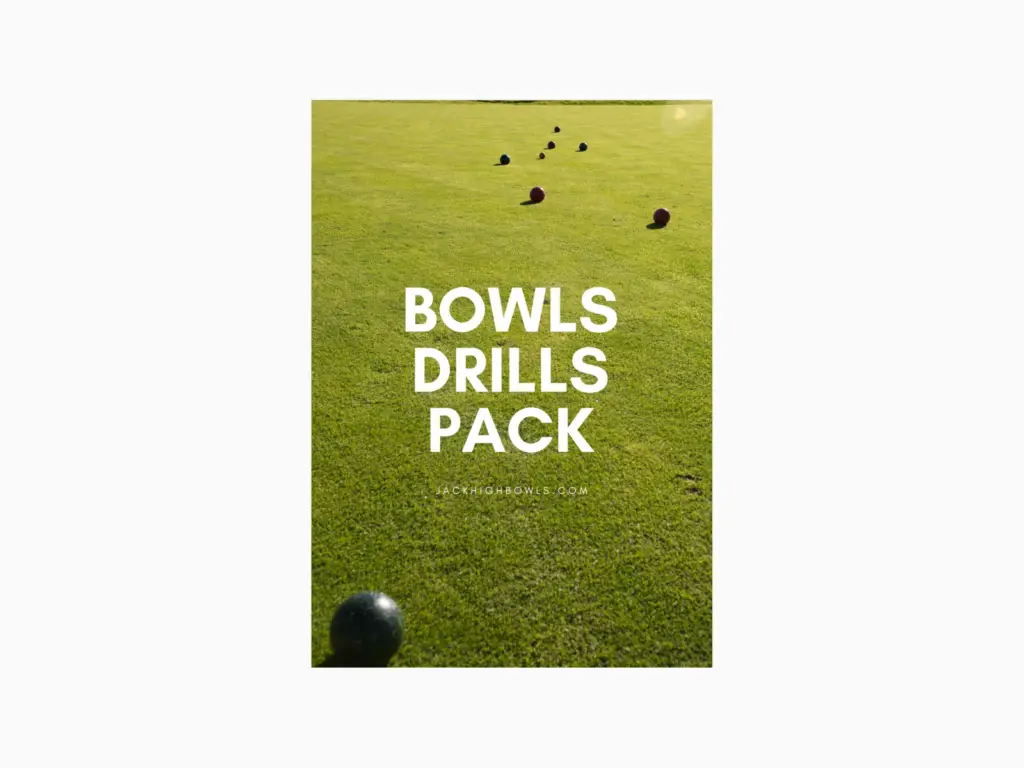
Get The Complete Lawn Bowls Drill Pack
The Jack High Bowls Drill Pack is available now for instant download.
Perfect for beginners and improving players looking to be more consistent and win more games!


